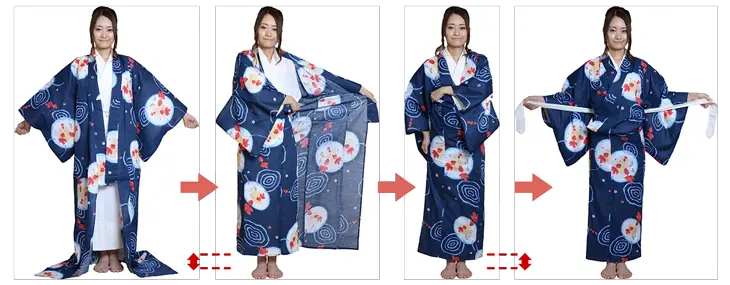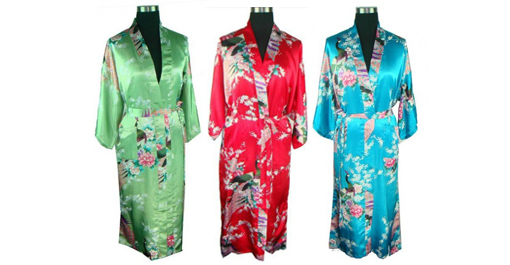
Are you really interested in dressing in the traditional Japanese garments but you are unaware on which one could be appropriate for you? If this is the position that you end up in, then it's important that you read this guide to the finish. There are so far two exceptional types which you will need to compare and differentiate. Perhaps you have thought of having the comparison between yukata vs kimono? This is exactly what this article will be dealing with. By the time that you're finished with the scanning of this article, then you shall be able to generate a decision on the type of garment which will be appropriate for you.

If you're searching for the gap between kimono and yukuta, then the following are some of these differences which you have to know;
• Season to wear them
• Materials used to create them
Season to wear them
Each garment is intended to be worn during the specific period of the year. You therefore need to be certain as much as these seasons are involved. This is one reason why you need to make sure that you have understood the gaps between kimono vs yukata. When it is during summer time, you'll need to keep up with the heat that comes from sunlight. What does this mean? This means that you will require a kind of garment which will have the ability to cushion you from such warmth. It is thus recommended that you resort to using the kimono. If it is the other seasons, then it's possible to wear the renowned yukata garment.

Materials used to make them
Both of these garments are made from different materials. This therefore forms a much better approach when it comes to differentiating them. If you realize that they are made from cotton, then that must be a yukata.
For more information check out All about Kimono and Yukata.
























